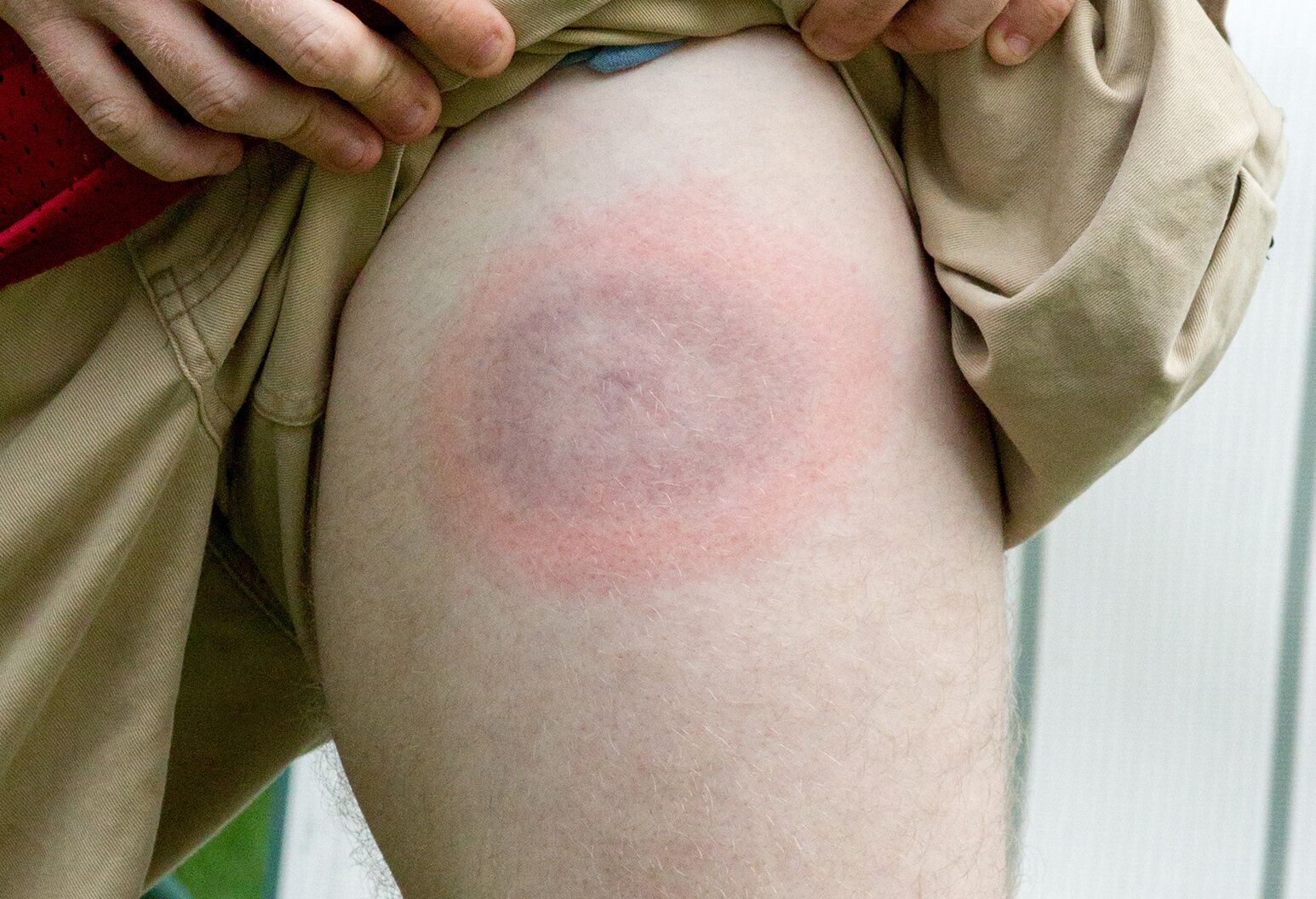Lyme Illness Awareness Month-- Learn How to Shield Yourself
April is assigned as Lyme Disease Awareness Month, serving as a vital reminder of the significance of understanding and avoiding this significantly common tick-borne health problem. As we discover the nuances of Lyme illness, it comes to be clear that awareness is not just regarding information; it is regarding taking significant activity to safeguard ourselves and our communities.
Recognizing Lyme Condition
Recognizing Lyme Condition starts with acknowledging its origins and transmission. This transmittable illness is mostly triggered by the germs Borrelia burgdorferi, which is transmitted to people with the bite of infected black-legged ticks, typically recognized as deer ticks. These ticks flourish in verdant and woody locations, making outdoor activities a prospective danger for exposure.
The lifecycle of the tick is vital to recognizing how Lyme Disease spreads (Lymecare Alliance). Typically, the ticks start feeding in the larval stage, typically obtaining the microorganism from small mammals, such as deer or rats. As they turn into grownups or nymphs, they can then send the microorganism to bigger hosts, including people

Acknowledging Signs And Symptoms Early
Early recognition of Lyme Illness signs and symptoms is critical for effective treatment and healing. Lyme Disease, transferred mainly via the bite of infected black-legged ticks, can bring about severe problems if not resolved immediately. The first signs frequently appear within 3 to thirty days adhering to a tick bite and might include high temperature, cools, fatigue, muscle and joint pains, and puffy lymph nodes.
One of the hallmark indications of Lyme Illness is the particular erythema migrans breakout, which resembles a "bull's- eye" pattern and usually emerges at the site of the tick bite. This rash may not show up in every case, making it vital to remain alert about other symptoms.
Individuals who have actually been in locations where Lyme Illness is native to the island must be cautious and monitor their health and wellness closely after prospective exposure. Understanding and education about these very early signs are crucial in combating the impact of Lyme Illness.
Effective Avoidance Techniques
Protecting against Lyme Condition calls for an aggressive strategy, particularly for people that frequent areas where ticks prevail. Recognizing effective prevention strategies is vital in decreasing direct exposure to these disease-carrying arachnids.
First, it is necessary to put on appropriate clothing when in tick-infested atmospheres. Lengthy sleeves, long trousers, Get More Info and closed-toe footwear can substantially he has a good point reduce skin direct exposure. Think about dealing with clothes with permethrin, an insect repellent that continues to be efficient through multiple washes.
Furthermore, using a tick repellent containing a minimum of 20% DEET to exposed skin can additionally safeguard against attacks. On a regular basis looking for ticks after outside activities is crucial; do complete body examinations, specifically in warm, damp areas such as behind the knees and within the hairline.
Creating a tick-safe environment around your home is additionally valuable. Keep your yard well-maintained by trimming the grass consistently, removing ground cover, and producing obstacles of gravel or wood chips to different woody locations from recreational areas.
What to Do After a Bite
Right away after a tick bite, it is crucial to take quick action to lessen the risk of Lyme Illness transmission. Draw upward with steady, also pressure; do not turn or snag the tick, as this may create parts to break off and remain in the skin.
Display the bite website for indications of infection, such as soreness, swelling, or a breakout. It is necessary to be vigilant for signs of Lyme Condition, which may consist of high temperature, chills, fatigue, and joint discomfort, commonly appearing within three to 1 month post-bite. If you see a particular "bull's- eye" rash or experience any one of these signs and symptoms, look for medical interest immediately.
Educate your medical care supplier of the tick bite, especially if the tick was affixed for more than 24 hr or was engorged. If required., early intervention is crucial in preventing the onset of Lyme Illness and making certain efficient treatment.
Resources for Additional Info
Understanding the steps to take after a tick bite is very important, yet so is having accessibility to dependable sources for ongoing education regarding Lyme Condition. Many organizations offer detailed details to aid individuals stay notified concerning avoidance, signs, and therapy choices.
The Centers for Disease Control and Prevention (CDC) uses a wealth of resources, including standards on tick prevention and information on Lyme Condition stats. Their website is a necessary starting factor for any person looking for expertise concerning the disease's influence and how to minimize dangers.
An additional useful resource is the Lyme Illness Association, which concentrates on education and learning, advocacy, and research (Lymecare Alliance). Their system features write-ups, webinars, and updates on the most recent clinical findings, making it a crucial device for both patients and healthcare experts
Additionally, the American Lyme Disease Foundation supplies educational products customized for different target markets, including caretakers and outdoor lovers. They also host neighborhood events that promote recognition and avoidance methods.
For those seeking assistance, organizations like the Tick-Borne Disease Alliance deal resources for attaching with neighborhood support system and accessing patient-centered care. Making use of these resources can encourage people to safeguard themselves and their neighborhoods efficiently.
Conclusion

The lifecycle of the tick is important to recognizing how Lyme Illness spreads (Lymecare Alliance).The threat of Lyme Disease boosts throughout warmer months when ticks are most active, especially in regions where the disease is native, such as the Northeast, Midwest, and components of the West Coastline of the United States. Lyme Condition, transferred primarily via the bite of infected black-legged ticks, can lead to severe issues if not dealt with promptly.Instantly after a tick bite, it is critical to take swift action to lessen the threat of Lyme Disease transmission. Understanding Lyme condition, recognizing its signs, and applying effective avoidance strategies can Click Here significantly minimize the risk of infection